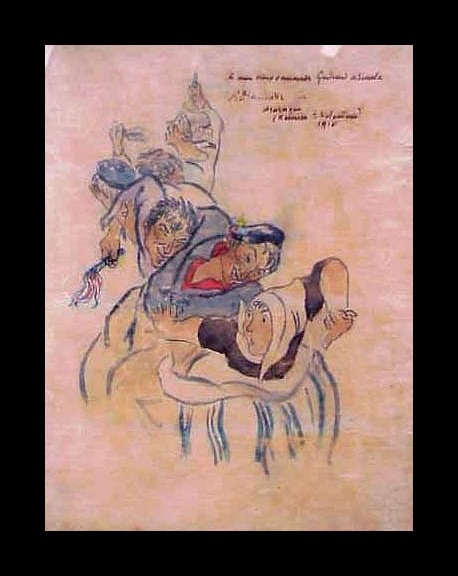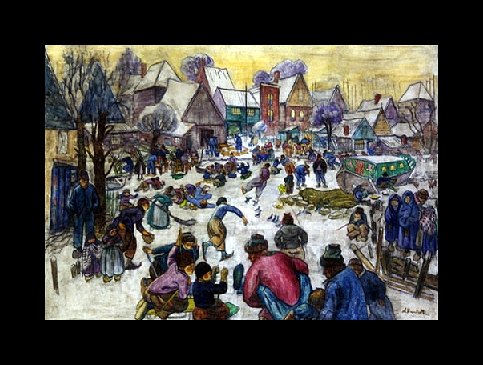Augustin Hanicotte (1870-1957)
Get a Hanicotte Certificate of Authenticity for your painting (COA) for your Hanicotte drawing.
For all your Hanicotte artworks you need a Certificate of Authenticity (COA) in order to sell, to insure or to donate for a tax deduction.
Getting a Hanicotte Certificate of Authenticity (COA) is easy. Just send us photos and dimensions and tell us what you know about the origin or history of your Hanicotte painting or drawing.
If you want to sell your Hanicotte painting or drawing use our selling services. We offer Hanicotte selling help, selling advice, private treaty sales and full brokerage.
We have been authenticating Hanicotte and issuing certificates of authenticity since 2002. We are recognized Hanicotte experts and Hanicotte certified appraisers. We issue COAs and appraisals for all Hanicotte artworks.
Our Hanicotte paintings and drawings authentications are accepted and respected worldwide.
Each COA is backed by in-depth research and analysis authentication reports.
The Hanicotte certificates of authenticity we issue are based on solid, reliable and fully referenced art investigations, authentication research, analytical work and forensic studies.
We are available to examine your Hanicotte painting or drawing anywhere in the world.
You will generally receive your certificates of authenticity and authentication report within two weeks. Some complicated cases with difficult to research Hanicotte paintings or drawings take longer.
Our clients include Hanicotte collectors, investors, tax authorities, insurance adjusters, appraisers, valuers, auctioneers, Federal agencies and many law firms.
We perform Augustin Hanicotte art authentication, appraisal, certificates of authenticity (COA), analysis, research, scientific tests , full art authentications. We will help you sell your Augustin Hanicotte or we will sell it for you.
Augustin Hanicotte was born in Bethune, France, and moved to Paris in 1891 to pursue his art career. The following year, he meets Toulouse-Lautrec and Steinlen who become his friends and mentors.
Hanicotte left Paris in 1899 to seek out new artistic inspiration in the Netherlands. It is here that he merges the oriental style of the new poster artists with classical Flemish folk elements. Hanicotte’s thus created “Volendam” which was the name of the town in which he stayed.

While in Volendam, Hanicotte earned himself the nickname of “St. Nicolas” by the children of the town after he organized a December celebration.
Although Hanicotte would travel between the Netherlands and France, and exhibit all over Europe, Flemish themes would dominate his oeuvre from then on. Be it an ice skating scene or Nordic fisherman, Hanicotte had truly delved into this new Northern culture, and it showed in his compositions. Hanicotte so loved his new home that he even married a woman from Volendam in Paris in 1914.

Hanicotte has been tied to the Nabi movement, and his early work is very Expressionistic in nature. However, towards the end of his career, he began to embrace the Fauve movement. Although little known today, Hanicotte’s paintings are housed all over Europe, and perhaps in your own home. Still wondering about that winter scene hanging in your home? It could be from Augustin Hanicotte. Contact us to find out.
Reviews
1,217 global ratings
5 Star
4 Star
3 Star
2 Star
1 Star
Your evaluation is very important to us. Thank you.
